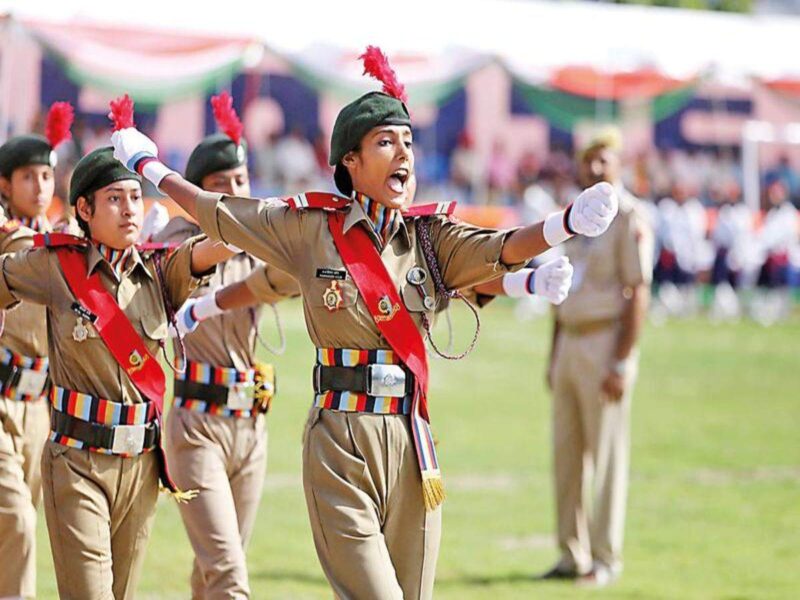NCC Full Form: The full form of NCC stands for the National Cadet Corps, a distinguished youth organization in India, welcoming Indian citizens aged between 12 and 18. Established in 1948, the NCC stands as the largest youth organization in India, boasting a membership of over 16 million. Initially conceptualized as part of the Indian Army, it has evolved into a voluntary organization primarily for school students, welcoming all Indian citizens under 18.
The NCC, a school-based voluntary youth organization in India, was founded in 1948 by the Ministry of Defense with the endorsement of the then Governor General of India, Lord Louis Mountbatten. It operates under the Ministry of Youth Affairs and Sports, Government of India, as a voluntary non-profit organization. Cadets within the NCC typically range from ages 12 to 19.
The Indian National Cadet Corps – An Overview | NCC Full Form
In 1948, under the guidance of Field Marshal K.M. Cariappa, the Indian National Cadet Corps was established. Field Marshal K.M. Cariappa, the first Army Chief to have commanded the Indian National Army, envisioned the NCC to provide military training to the nation’s youth, especially students from schools and colleges. It aimed to offer opportunities for sports, training activities, and instill a sense of patriotism among the youth.
Post-Independence, with the transition from the colonial Indian Army to the Indian Army, there was a need to establish provisions for the NCC. Initially, the officer corps primarily served the British Army. However, the NCC now offers opportunities for cadets to wear Army uniforms and potentially serve in the Army.
Objectives of the NCC
The NCC operates through two main segments:
A) Outdoor Activity Section: This includes sports (including cultural events), civil defense, patriotism, military history, adventurous activities, camping, and hiking.
B) Core Activity Section: Comprising cultural and fitness activities such as NCC dances, drills, and weapons skills.
These training activities provide cadets with real-life exposure and the opportunity to work under diverse leadership conditions. The NCC, the largest youth organization in India, remains primarily voluntary and targets school students aged between 12 to 18.
Contributions of the NCC to India’s Development
In a nation grappling with high levels of illiteracy, poverty, and social issues, the NCC has emerged as a significant asset for Indian youth. It has enabled millions of children to discover their talents and utilize them for the nation’s betterment. Many young individuals have not only attained literacy but have also acquired valuable skills, proving to be advantageous for India amid global competition.
The NCC has provided a unique platform for Indian youth to comprehend the significance of work, family, and community life, values often overlooked in society. It has instilled a sense of responsibility and motivation among young people to contribute to their communities.
The NCC – A Sacred Commitment
The NCC upholds the following values:
- Service: Emphasizing service over examination and qualification in recruiting cadets.
- Duty: Fostering a sense of brotherhood among Indians, centered on serving the nation, community, and region.
- Discipline: Promoting discipline among members, striving for excellence in personal conduct, performance, efficiency, and patriotism.
Conclusion | NCC Full Form
NCC Full Form in Conclusion NCC Full Form, The National Cadet Corps boasts a rich and storied history, producing numerous national and international officers. As the sole youth organization in India dedicated to training schoolchildren, the NCC plays a pivotal role. Presently, it primarily focuses on recruiting and training young individuals for the National Service Scheme (NSS) and the Citizen Corps Program (CCP). These programs aim to strengthen the nation’s sense of community and equip youth with skills relevant to various economic, social, and political spheres.

